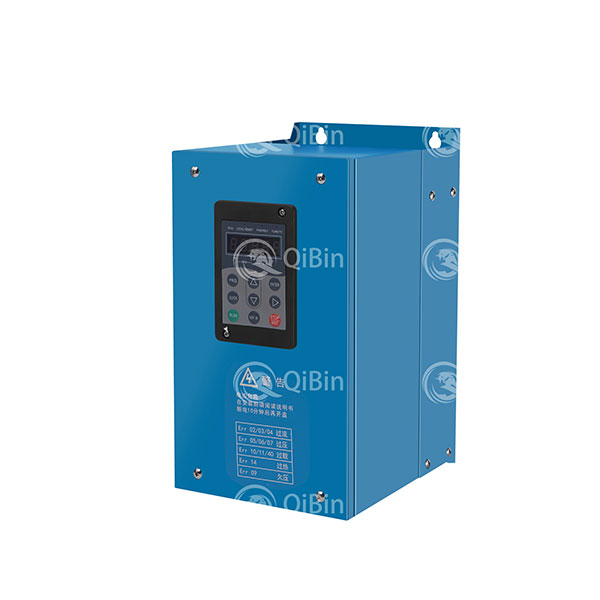Green Development’s Tim O’Malley works on an inverter in the field.
Troubleshooting faulty inverters is a post-install task that isn’t going away. These power electronics are the components most likely to fail in a solar project, according to a 2020 Solar Risk Analysis report by kWh Analytics that found inverters were responsible for around 80% of non-weather production loss across a 3-GW utility-scale portfolio. Simplifying that problem-solving process is crucial to maintaining power plant production. Invt Controller

“Considering that inverters are the most revenue-tied piece of equipment and the piece of equipment with the most downtime and tickets related to performance issues, this is something that inverter manufacturers really need to buy in on as we continue to just try and lower the cost of operational expense and risk and yield,” said Eric Toff Bergman, director of channel sales at SMA America.
Manufacturers like SMA are identifying inevitable inverter failures using technology and knowledge-sharing. SMA offloads some of the monitoring and maintenance work from project owners using its Smart Connected app, a free service for utility-scale string inverters.
In Smart Connected, data is gathered and updated from individual inverters every 15 minutes, detailing an inverter’s location, weather, project design and other necessary information to keep the power electronics running. When an issue is detected, Smart Connected sends an alert to SMA’s service team and the client.
In the background, SMA’s service team pulls log files from the inverter experiencing an issue and uploads new parameters or a new firmware file to fix the problem.
“In the best case, we would respond back to that customer and say, ‘Hey, Smart Connected event closed. We fixed it remotely. You do not need to go and roll a truck to the site,’” Bergman said.
When Smart Connected does identify a failure that can’t be resolved remotely, it creates a return merchandise authorization (RMA) if the inverter is under warranty. The service team ships a new unit to the client in two to three business days to replace the failed inverter.
Tim O’Malley, VP of O&M at renewable developer Green Development, said Smart Connected sets SMA apart from other original equipment manufacturers (OEMs).
SMA string inverters on a Silicon Ranch project.
“I’d say out of all [the support] I’ve seen and I’ve worked with, I really like SMA’s,” he said. “They obviously put a lot of time and money and effort into their user interfaces, their back end and their data collection.”
Although some hardware failures could technically be fixed by swapping parts, SMA favors full replacement for string inverters, since opening the inverter could result in other unintentional damage if a technician is not properly trained. The used inverter is then sent back to SMA and typically refurbished.
Smart Connected has the potential to save significant time and money on fault diagnosis and truck rolls, but it’s a relatively new service that is taking some time to catch on.
“It’s a good way to dictate future product development, but also have us be a little bit on the frontlines of identifying potentially systemic issues that may exist in our hardware that can be fixed with things like firmware,” Bergman said.
Central and string inverter manufacturer Sungrow has not implemented remote troubleshooting software like SMA, mostly to avoid cybersecurity concerns as a China-based company. Instead, customers email or call customer service and enter their issue into a ticketing system.
“We’re still operating on a structure where the ticketing and metrics of issues are the heartbeat of everything,” said Ryan Chen, senior corporate strategy manager at Sungrow.
Sungrow keeps its diagnostic info under wraps. If there’s a problem with a Sungrow inverter, the technician must download encrypted log files and send them to the manufacturer to troubleshoot the issue. But O’Malley has found Sungrow is quick to send Green Development replacement string inverters and will reimburse the cost of a technician’s time and labor.
Once an issue is entered, Sungrow workers add the problem to a database and look for solutions based on past problems. Like SMA, Sungrow most often leans toward RMAs for string inverters and swapping parts for centrals.
For central inverters, Sungrow uses its ticket database to assess the most commonly failing parts, then forecasts the number of spares to keep in stock according to those stats.
“Ticketing software gives you so much data from the past that helps you order the correct quantities, build knowledge spheres, things like that,” Chen said.
Chen said Sungrow plans to continue building out a robust knowledge base to help project owners solve problems quickly themselves, without the need for much back and forth with the support team. The company is also working on a customer-facing electronic parts request form to expedite replacements.
Although manufacturers are using new technology to limit truck rolls, the biggest time-saver, according to O&M provider Pearce Renewables, is increased transparency. Pearce technicians have performed O&M on more than 6,500 solar sites and made repairs on a wide range of inverter brands. The company has found inverter OEMs that see independent service providers (ISPs) like Pearce as complimentary businesses keeping inverters online will share their fault codes with technicians.
A Pearce Renewables technician works on a project.
“The real key to solving a system fast is access to the diagnostic or fault codes,” said Kyle Williams, SVP of EV, ESS and solar O&M at Pearce. “In relationships where they train or collaborate with Pearce on certification training, they readily publish or share fault codes.
“That’s the dream state, because, at the end of the day, we share the same customer and we’re able to increase our rate of speed and satisfaction of uptime or availability,” he continued.
National contractor Standard Solar partners with other developers on projects, so the company’s in-house and subcontracted O&M techs also deal with many inverter manufacturers across its portfolio, like Pearce.
“It just gets to be a real puzzle of just logistics and technical phone support, troubleshooting, coordination and project management. Every day is such a challenge,” said Jay Smith, director of asset management at Standard Solar.
Smith said that process could be simplified if inverter manufacturers used universal fault codes instead of different naming conventions for each brand.
“It’s hard to find really good, experienced technicians and then it’s even harder to retain some of that technical knowledge. So having a standardized approach to how you troubleshoot inverters would be beneficial,” he said.
Pearce’s Williams understands why not all manufacturers are collaborating like this — it makes business sense for them to keep their fault codes unique and dispatch their own service teams for a fee. Companies are also eager to guard anything that could be perceived as intellectual property, including information like fault codes.
Most solar inverter manufacturers offer training and certification courses at a cost to teach technicians to fix their products. After technicians are certified, they can perform maintenance on those inverters while keeping the warranty intact. Larger O&M providers like Pearce can set aside a budget to train technicians on all the inverters they’ll be working on, but smaller in-house O&M teams might struggle to find the time and money for training.
“If you can’t rely on the manufacturers to send you help quickly, then you’ve got to start looking at hiring your own people,” O’Malley said. “They’re happy to charge you to send the person to do training to fix parts under their warranty. That kind of seems counterintuitive. Like, what are we paying for a warranty for?”
Even though a developer might love a product, it’s difficult to continue working with a brand if they aren’t investing in the necessary O&M support.
“The operation side of these inverter manufacturers really need to step their game up of getting support to their customers,” O’Malley said. “Selling products is great, but if you can’t support them after sales, how long are we going to last?”
As the country’s solar footprint continues to grow, more collaboration between inverter manufacturers and O&M teams will help keep those gigawatts flowing to the grid without interruption.
Kelsey has spent almost seven years in the renewable energy space and is the current managing editor of Solar Power World.

Invt Solar Pump Inverter Copyright © 2023 WTWH Media, LLC. All Rights Reserved. Site Map | Privacy Policy | RSS